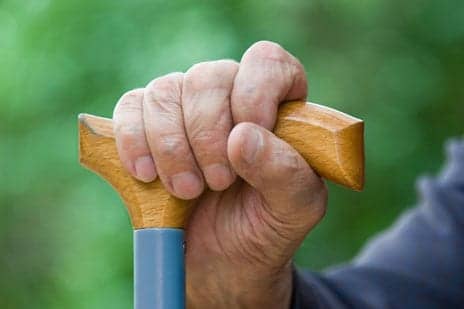While preventing sarcopenia is key for maintaining a high quality of life (QOL) in the aged population, the molecular mechanism of sarcopenia has reportedly not yet been made clear.
A news release issued by the Toyohashi University of Technology reports that determining whether the levels of autophagy-related mediators (e.g. p62/SQSTM1, LC3, etc) in muscle change with aging is important to understanding sarcopenia. This information, the release adds, could help enhance therapeutic strategies to reduce mammalian sarcopenia.
Prior research indicates autophagic defects were detected in the sarcopenic muscle of mice, rats, and humans. Yet, the release notes, these studies encompassed only western blotting analyses of crude not cell-fractionated muscle homogenates. Therefore, these data were insufficient to describe the adaptive changes in autophagy-linked molecules within sarcopenic muscle.
According to the release, Kunihiro Sakuma, PhD, associate professor, and colleagues at Toyohashi Tech found a marked accumulation of p62/SQSTM1 in the sarcopenic quadriceps muscle of mice using two different methods (western blotting of cell-fractionated homogenates and immunofluorescence). In contrast, the release notes, the expression level of LC3, a partner of p62/SQSTM1 in autophagy progression, was not modulated.
Researchers say that the discovered autophagic defect improves their understanding of the mechanism underlying sarcopenia. They add that they would like to further study this mechanism with an aim to reduce sarcopenia by improving this authophagic defect using nutrient- and pharmaceutical-based treatments.
[Source(s): Science Daily, Toyohashi University of Technology]





